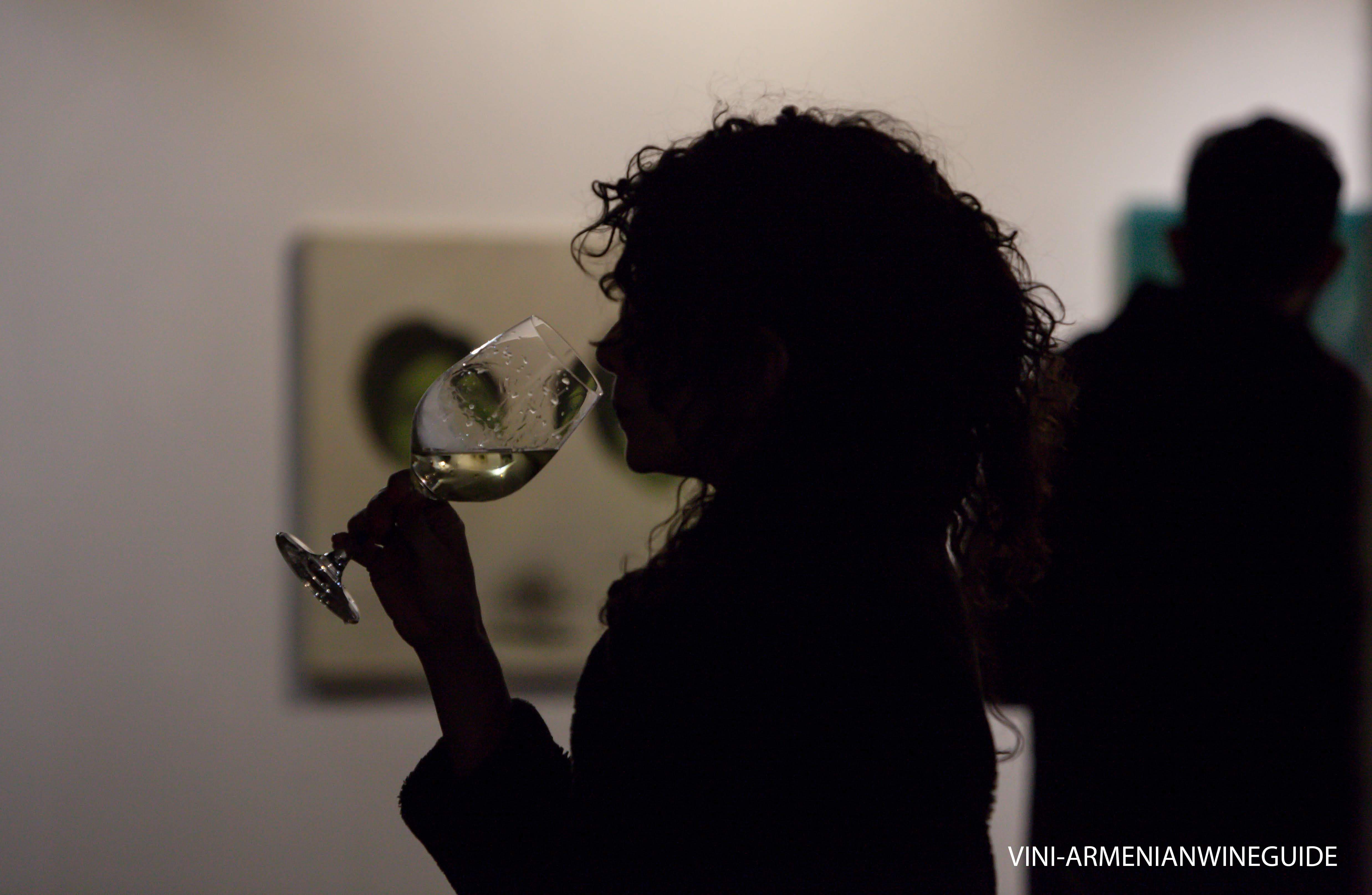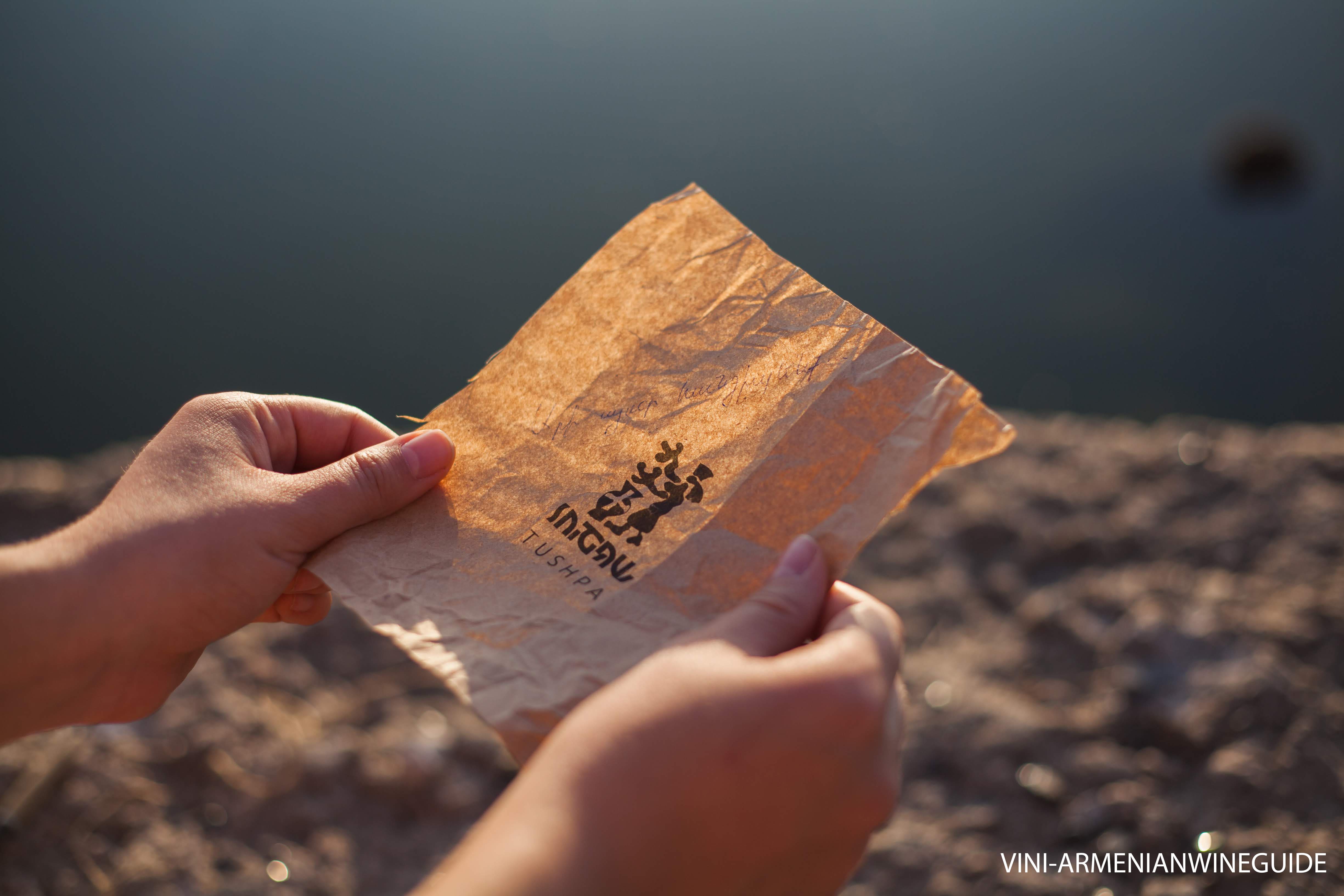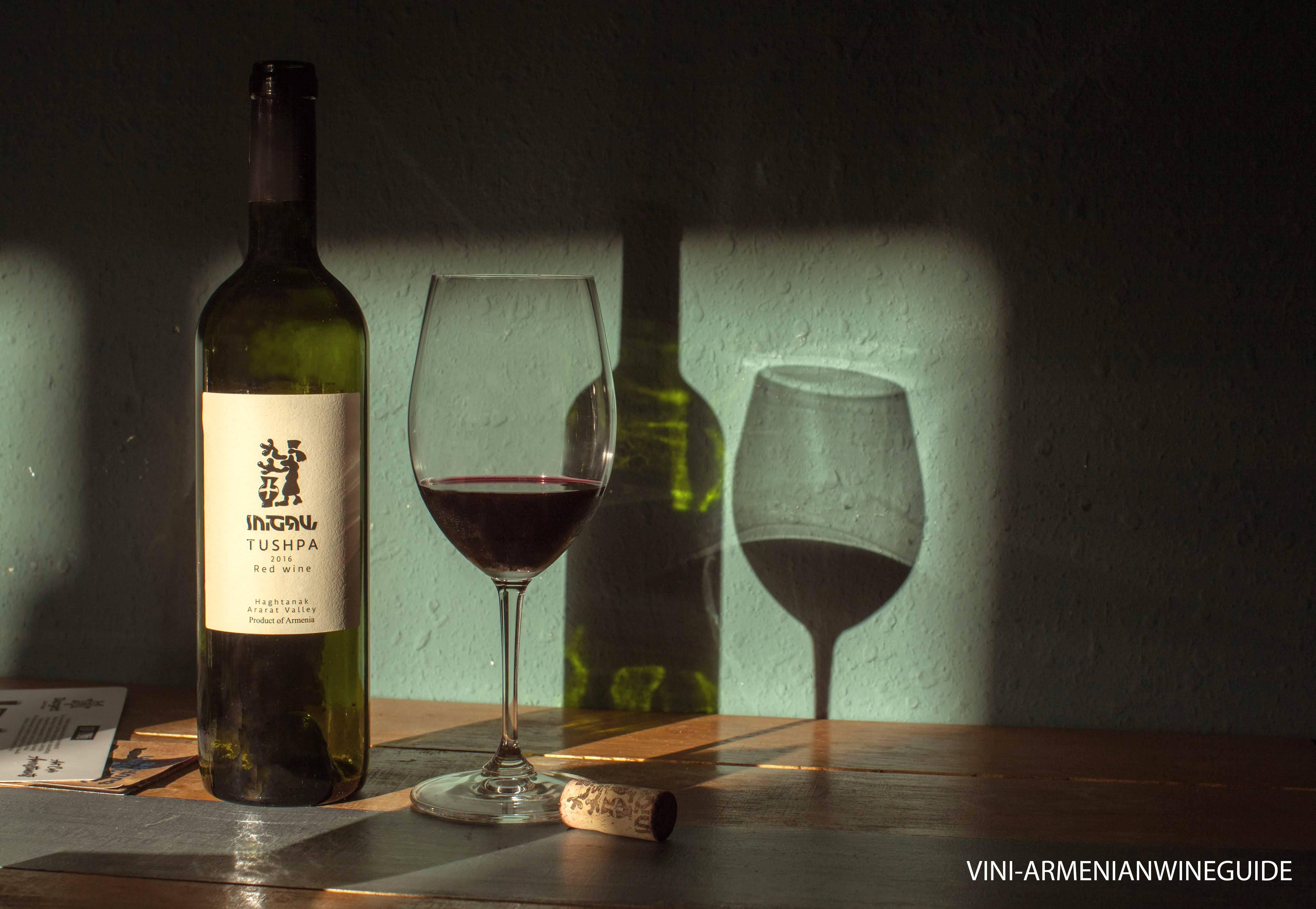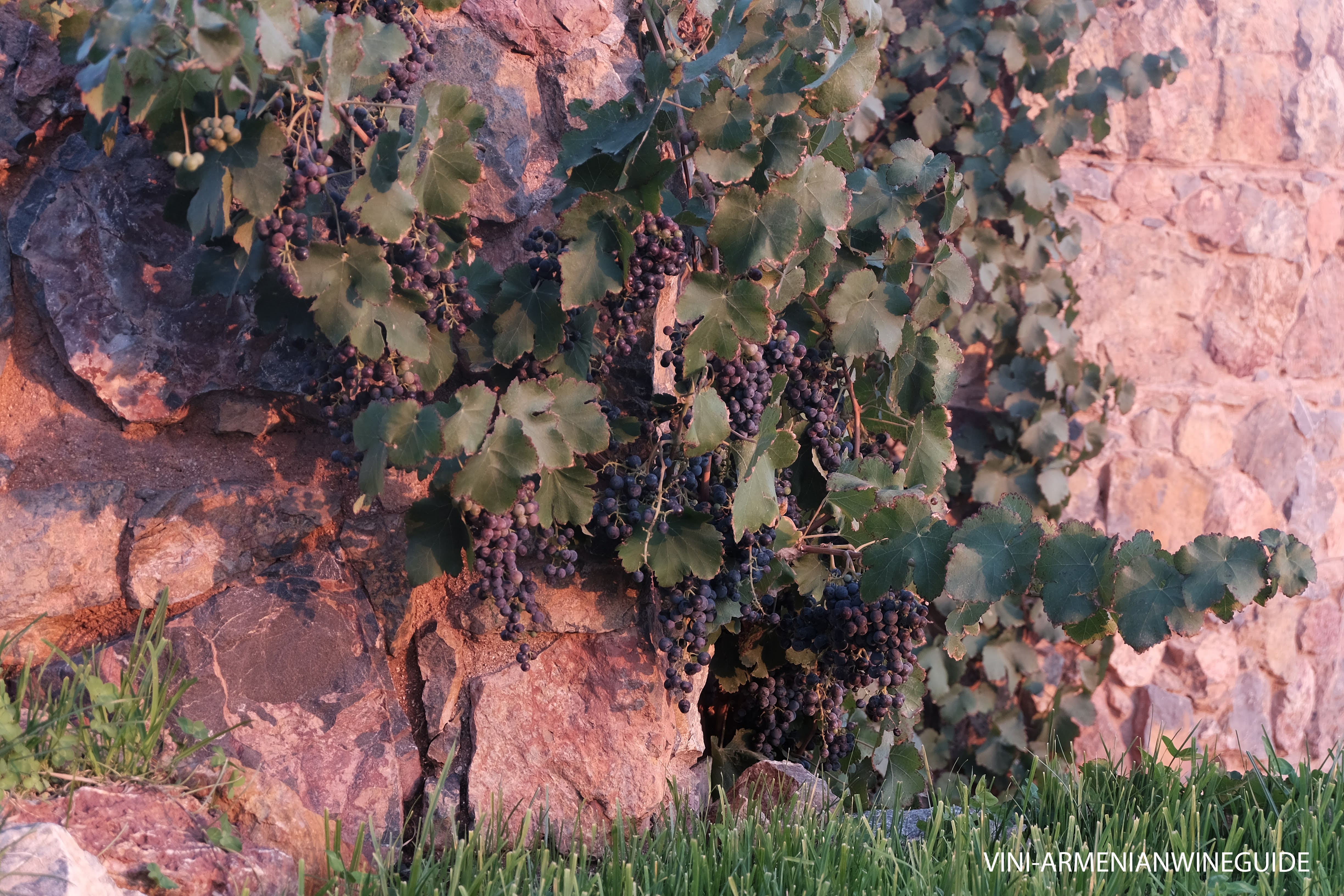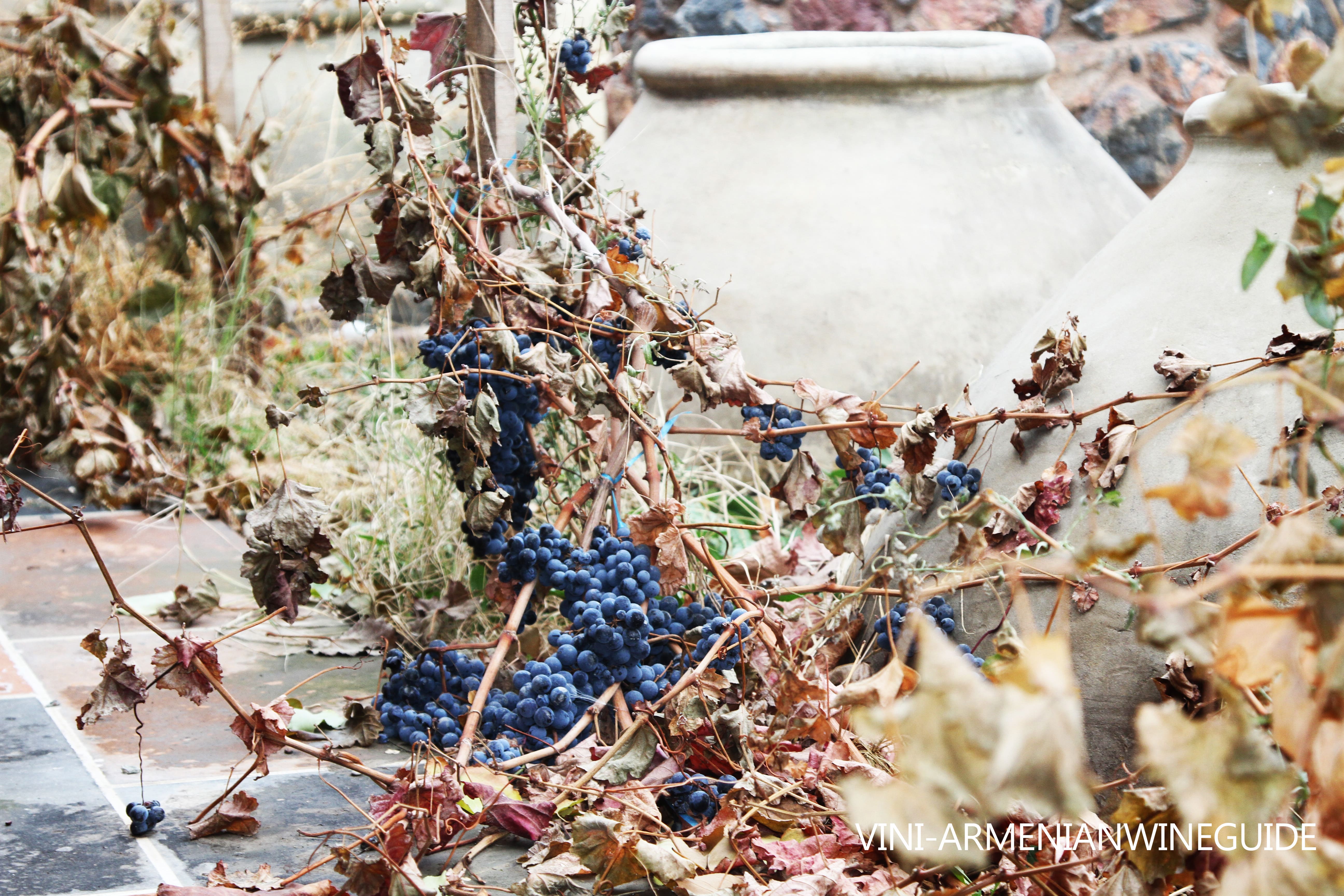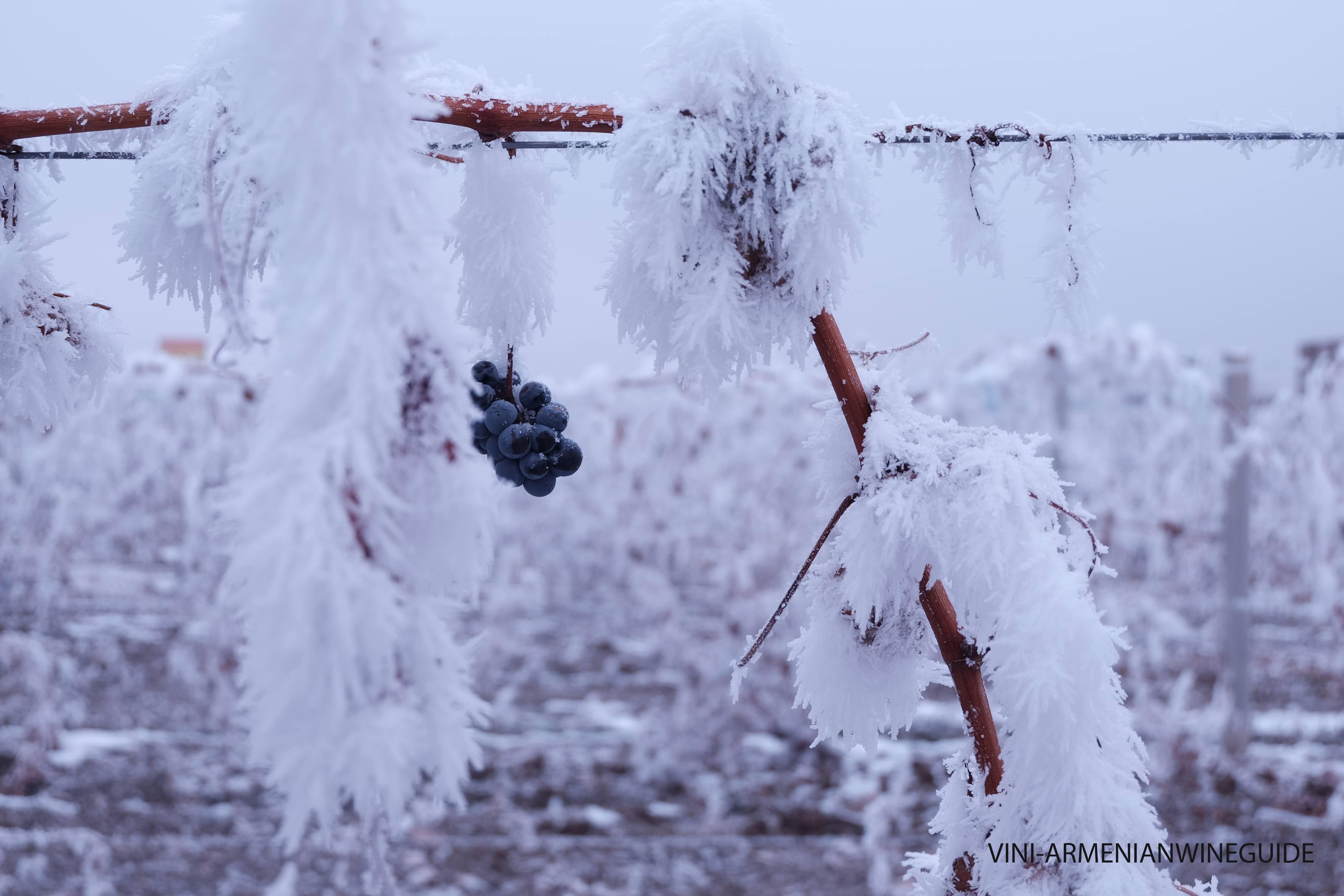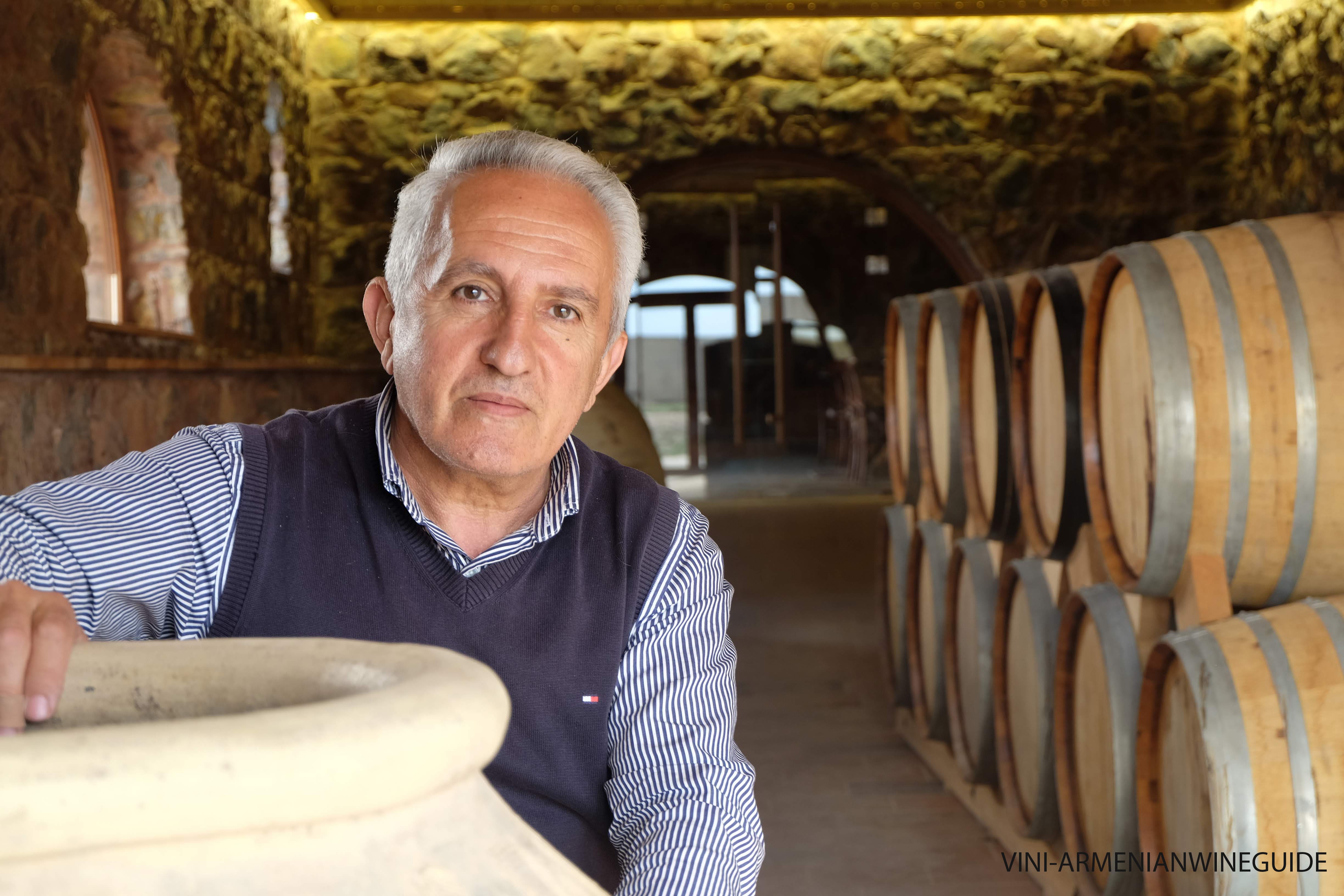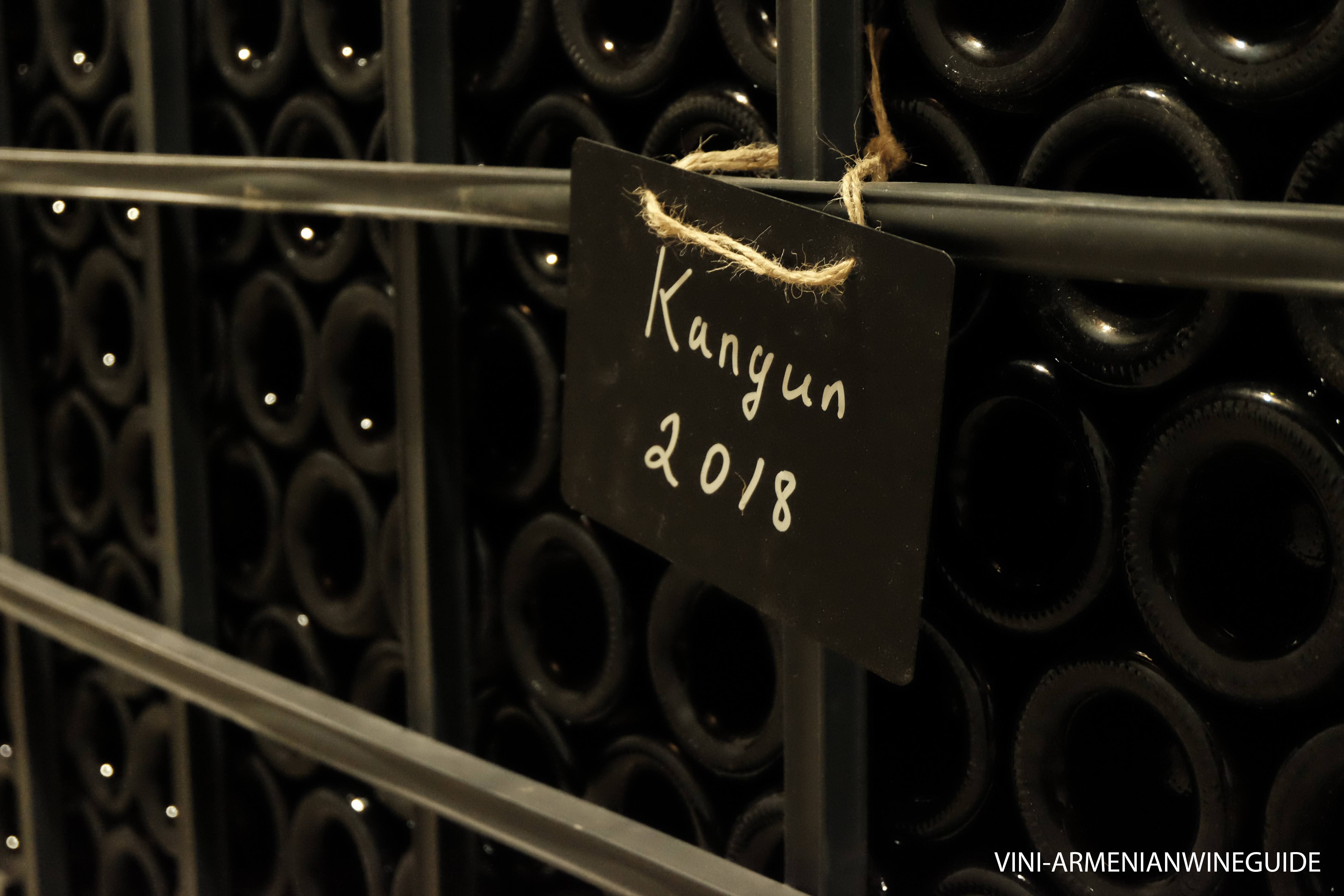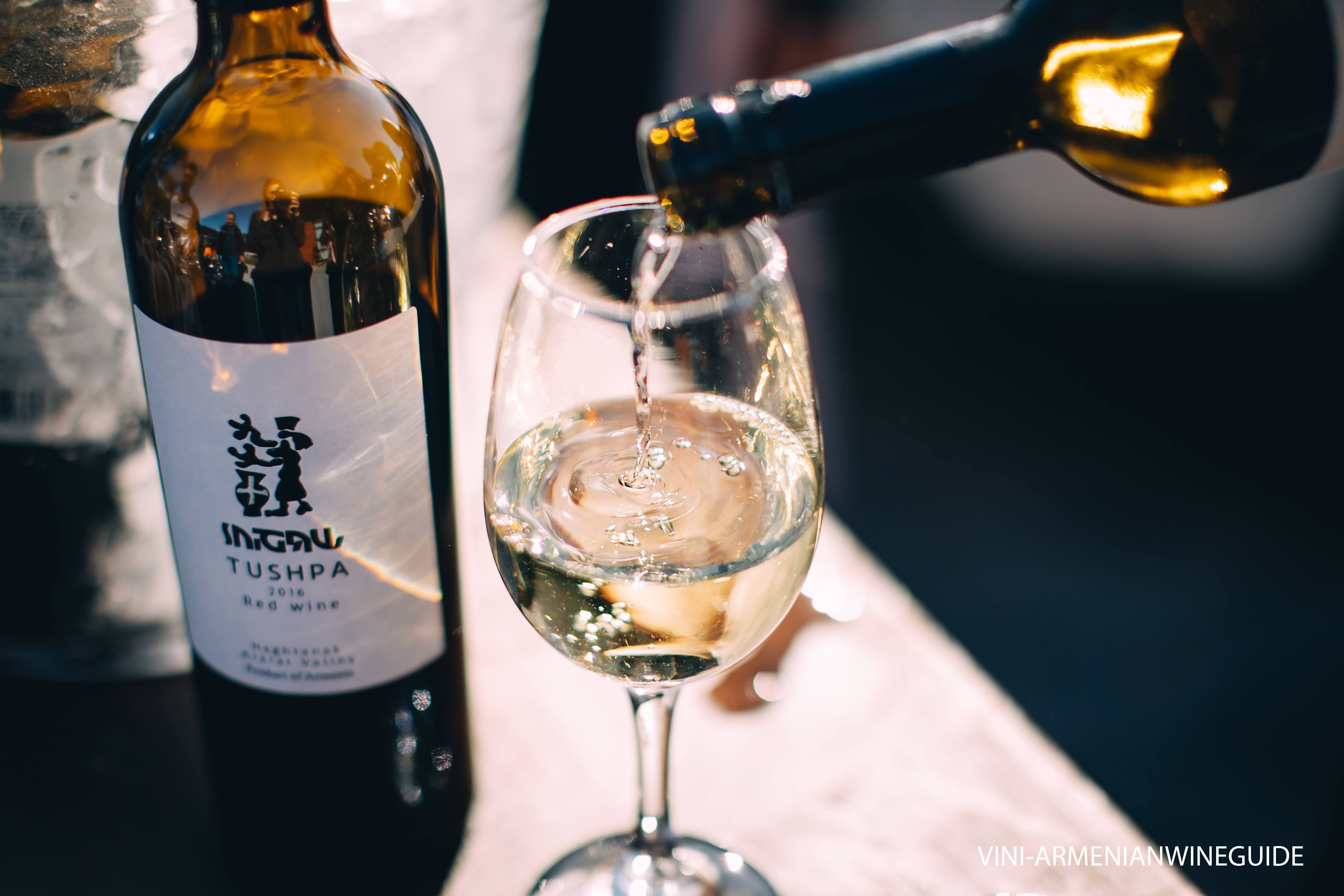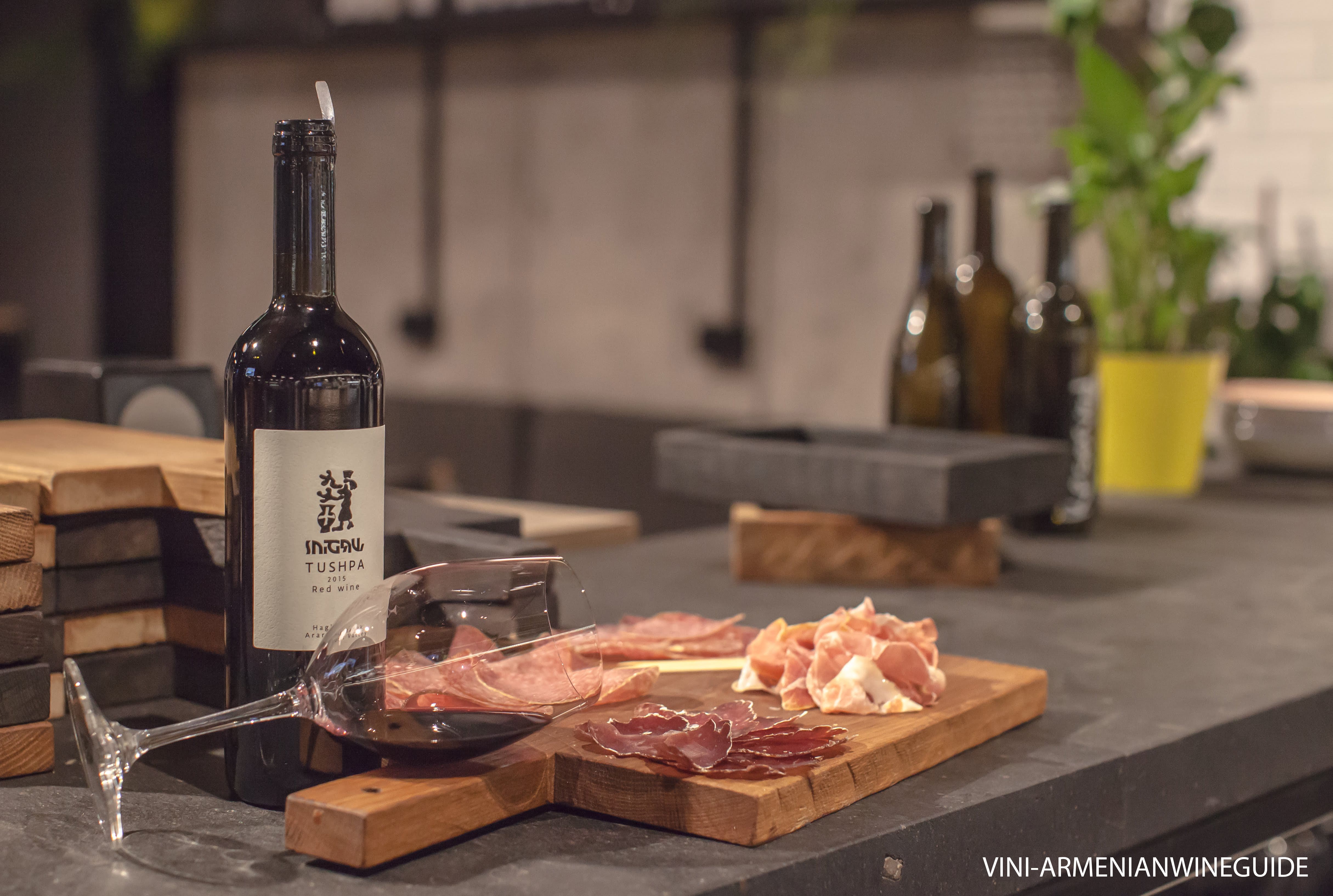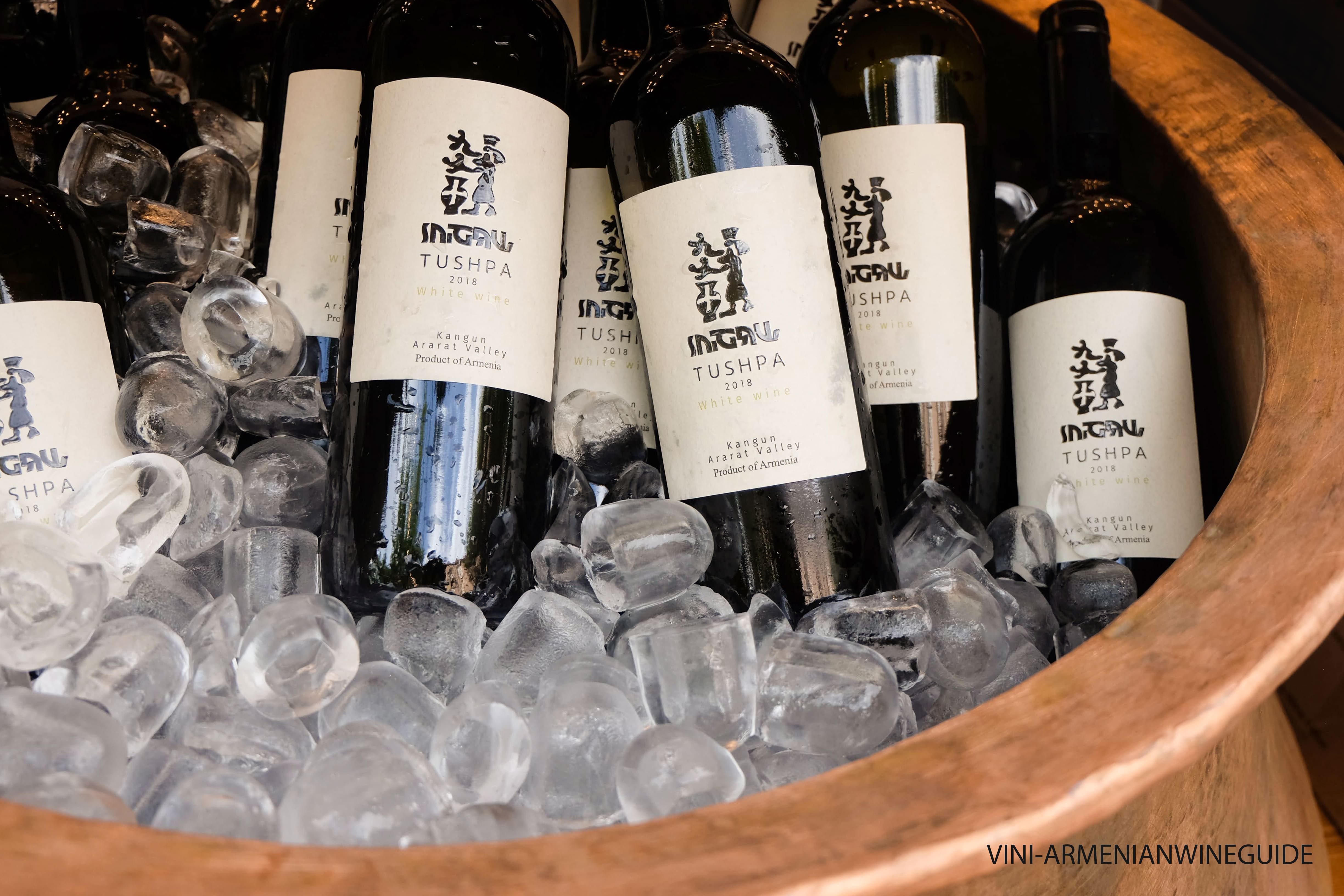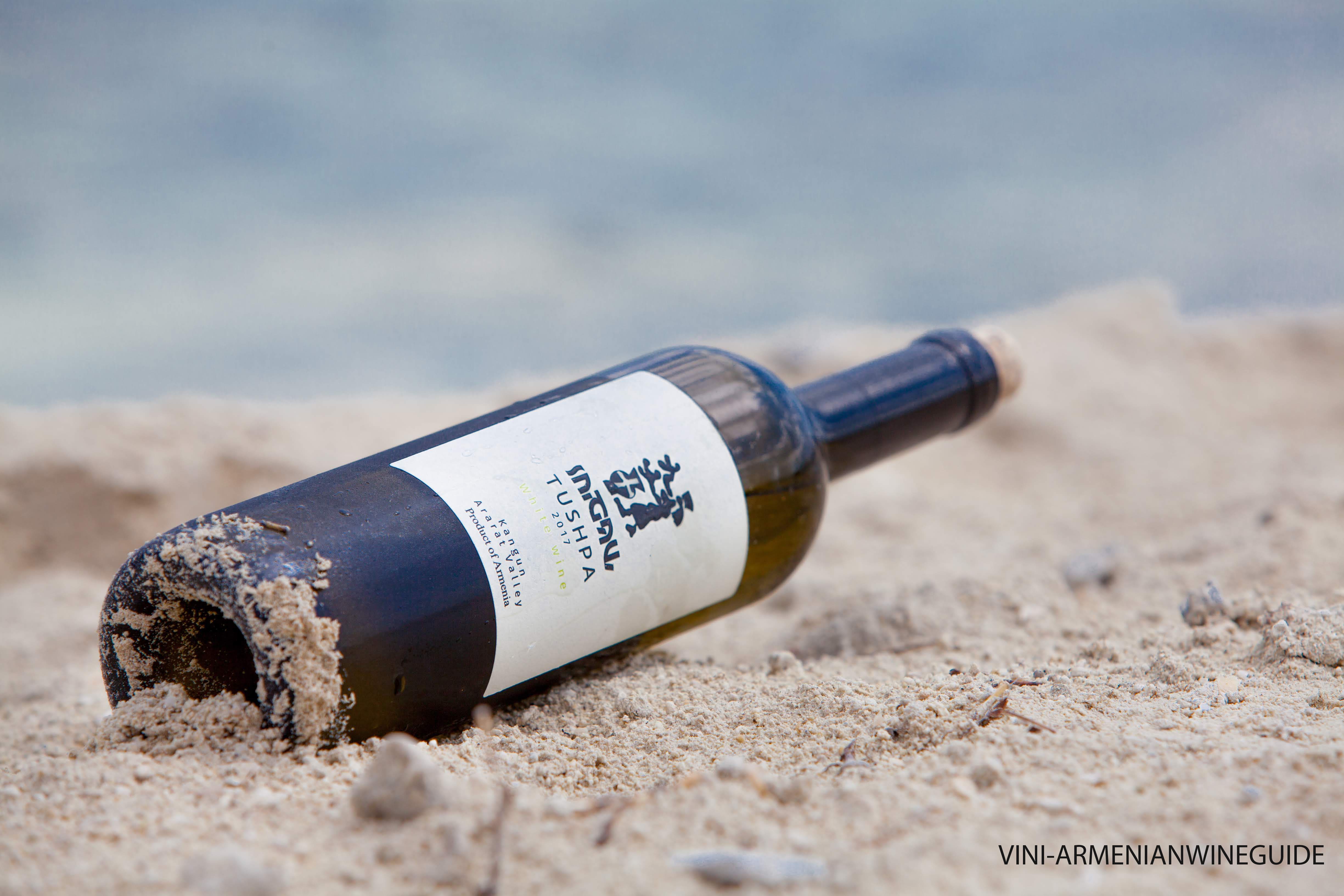
Let our wines speak for us. We are their creators, and that’s what matters most.
Winemaking is an art, and a winemaker is like an artist, who raises his child with love, endless devotion and service, breathing life, character and a part of him into it.
It is this special dedication that the family–run winery Tushpa has been serving with to the world of wine for 30 years, devoting all the efforts to this noble cause, lavishly getting the beauty and depth of their creations in return.
Loving wine is the same as serving to it. This tough path is a choice of a real winemaker, for whom making this aristocratic drink is the life’s most cherished goal.
Today, after studying the whole historical path of Tushpa, it becomes clear that the Manasseryan family is a true example of commitment to the cause, with wine, the biggest achievement of the family, being the goal in and of itself.
The contribution of the Tushpa winery to the development of local viticulture and winemaking is also priceless, and the most important thing is that it is dynamic and with every new vintage, with every new bottle of wine, they bring us closer to a common sacred goal – global recognition of Armenia as a winemaking country.
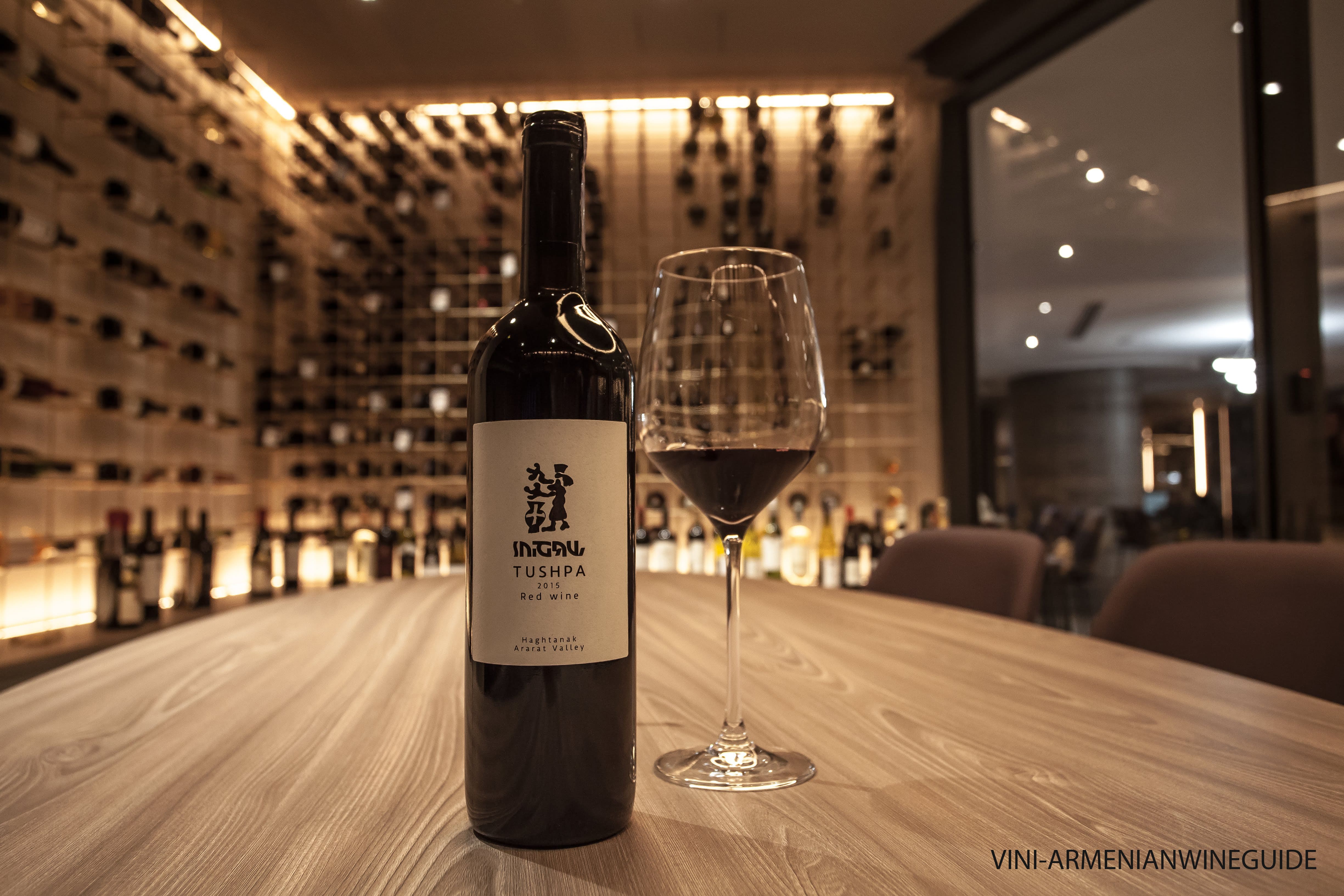
The history of the Manasseryan family is rooted in Van, an ancient major city in Western Armenia (current Eastern Turkey). The family has been involved in many trades for many generations, with winemaking being the favorite one. However, the family back then produced wine only for family needs, as a hobby.
The 1915 Genocide, loss of relatives and parental home, move to a new homeland and the new home radically changed the family's life. Nevertheless, the avid passion for viticulture and winemaking didn't stop flowing in the blood of the descendants.
The fourth generation of the family represented by Mihran Manasseryan, revived the ties with the vine. After graduating from National Agrarian University with excellence, Mihran started working at local wine producers of the Armenian Soviet Republic, including Ararat Trust. In 1992, after the collapse of the Soviet Union, Mihran began the construction of his estate near the city of Artashat.
The name of the winery, Tushpa, is a tribute to the ancestors. It originates from the ancient capital city of Urartu Kingdom, and the period of its prosperity. Tushpa was located on the shore of the Lake Van, on the western periphery of the modern city of Van. And the Fortress of Van, the residence of Urartian kings, was the main architecture element of Tushpa.
In 2003, due to the lack of quality wine demand and economic instability, the winery was faced with challenges: Tushpa had to suspend its operation. It was during this period that the winery managed to concentrate all its resources on production of Armenian brandy under the brand Arnak.
This high-quality brandy from Kangun grape variety is produced now as well, targeting only Russian consumers.
However, Mihran didn't give up on the idea of winemaking, which is why 15 years later, after being re-branded, a new era started for Tushpa winery. The winery revived with new and almost perfect wines, playing a significant role in the development of local viticulture and winemaking.
Today Tushpa is a vivid example of a family-run winery with rich history and traditions.
Mihran Manasseryan is the chief oenologist and at the same time viticulturist of the estate; he is specialized in red wine production.
The elder son, Abraham, followed his father’s steps: he graduated from an Italian university of oenology and started producing white Tushpa wines – nowadays the pride of the winery.
Ambitious and hard-working Karlen, the younger son, is responsible for the brand promotion and visibility on the international markets, while Mihran’s daughter Ani is actively involved in finances and development of wine tourism.
Tushpa logo is one of the prides of the winery: it is created by a well-known Armenian painter and designer Kamo Nigaryan. It is a work of art in the style of petroglyphic calligraphy. It features a woman in the wine production process, working near a karas (Armenian clay vessel for preserving and aging wine); initially, the image with the woman was created for semi-sweet wines, while the silhouette of a man was for dry wines of the winery.
Before 2018, the logo was a minimalist-style Latin letter T, painted in the dry brush technique.
The rich history, traditions, high quality and endless love for their cause indeed weaved into an inspiring conglomerate, which is featured in the winery’s slogan: “Tushpa Inspires”.
The first vines were planted back in 1992. The winery in this period actively purchased vineyards from local farmers.
Today, the vineyards of Tushpa lie on 6 hectares of lands, 3 hectares of which are right in the winery, and the other 3 are in neighbouring village of Taperakan. The average age of the vines is 20 years, while the youngest vine is 6 years old.
Tushpa cultivates two grape varieties – Kangun for white wines and Haghtanak for the red. The latter grows on 60% of the whole territory, while the former – on 40%.
The estate has several sacred principles of viticulture and winemaking, and one of them is the production of varietal wines with typical authenticity. Tushpa has been following this line for already 30 years: “One grape – one wine”.
Over the first years of operation, legendary local ampelographer and viticulturist, academician Petros Ayvazyan consulted the winery.
The grapes here grow on the average altitude of 820m above the sea level, and all the vines grow on their own roots.
The soil structure in the region is mainly clayey, which is why production of karases was very typical in the local villages, particularly in the Shahumyan village.
The climate in the region is quite hot and rainless, so the vineyards need constant irrigation, which is carried out by central irrigation system.
The vineyards are covered for winter. However, in 2020, some part of the vineyards were not covered for experimental purposes, and the vines were cultivated with a special fertilizer with mineral salts to enhance the frost resistance.
Tushpa winery mainly applies the late-harvest technique: the harvest of Kangun starts after September 20, as for Haghtanak, it begins in early October. Depending on the year, the green harvest technique is applied in the vineyards - 8-12 tons of grapes are picked per hectare.
The whole yield of Haghtanak is used for the red wine production, while for the whites the winery purchases additional Kangun from local farmers as a major volume of the grapes is used for brandy production.
2016 and 2017 were the best vintages for the winery. 2020 became a promising one, as the favorable excellent weather conditions contributed to the relatively high quality of the crop.
Tushpa winery boasts old traditions and vast practical experience combined with modern technologies, while the sharpness of mind and nose of the winemaker are special perks of the winery.
Vinification takes place in high-quality Italian stainless steel tanks with a capacity of 5-10 tons.
Filtration is of special importance for the winemaker. Another sacred principle of the winery is the simple filtration system to get natural organoleptic properties in wine.
Tushpa winery actively uses Armenian clay karases in the production of wine for experimental purposes; however, this wine has never been bottled. To age the wine in karases, the latter is applied with wax beforehand from above and inside. The oldest karas in the winery dates back to 1926 and was purchased from a local farmer.
The winery also experiments with different grape varieties; they used to produce liqueur wine from the local Muscat.
The red wines of the winery are natural which is evidenced by the vinification process – only wild yeasts are used for fermentation, while the white wine fermentation is carried out in low-temperature conditions with use of some commercial yeast. Only the pulp of white grapes is used in this process.
The red wines are aged in Caucasian medium toasted oak barrels of 350l each. At the moment, 50 oak barrels are used for the red wine ageing.
The operational lifetime of the barrels is six years. After six years, the barrels are processed and kept for brandy ageing. The white wine is bottled in Georgian bottles, while the bottles for the reds are imported from French company “Saverglass”. The A-class natural corks are produced by Portuguese “Portugalia Cork” company.
Today Tushpa produces three wines - Tushpa Classic Red and Classic White, and Red Reserve.
Tushpa White Classic is produced in stainless steel tanks; 2010 is the first vintage of this wine. After bottling the wine is left for 6-12 months for bottle ageing before it is released to the market.
Tushpa Red Classic is fermented in stainless steel tanks, and the malolactic fermentation takes place in oak barrels for approximately 20 days. Then the wine returns into the oak to spend some more time there. The bottle aging is 6 months and then it goes straight to the market.
2014 was the first vintage of Tushpa Reserve. The wine is aged in oak barrels for 14 months; then it is mixed up and aged in stainless steel tanks for one more year. The Reserve spends two more years in bottles before it appears on the shelf. According to the winemaker, the ageing potential of this wine is 10-15 years.
The overall performance of the winery is 24000 bottles a year (12000 bottles of Tushpa Red Classic, Tushpa Reserve – 8000, and Tushpa White Classic – 4000).
Annually, Tushpa hosts over 1000 visitors. The winery boasts not only high quality and outstanding wines but also unique architecture composition.
Mihran Manasseryan himself is the author of the creative design solutions. Owing to his hard work, he built a whole winemaking oasis on a deserted territory.
The interior designed as a one-storied cave captures one's mind. The whole cover stone constitutes local metamorphic mountain rock. The tasting room, corridors and the front, cellars for wine storing and ageing are laid out with unique calcite marble, mined from the nearby hills of ancient Armenian monastery Khor Virap. All this precisely reproduces the incredible atmosphere of the Urartu-era caves.
The wine cellar is the pride of the winery; here wine ages in karases and oak barrels; the cellar has a chalet-style architecture, and one of its treasures is the natural artesian well with mineral water. The arched passage with a staircase, leading from the cellar to the well, is completely covered with perennial layers of salt.
There is a major enoteca comprised of over 1700 bottles collected in the cellars of the winery. The oldest vintage is 2003. The collection is enriched with about 150 bottles of wine annually.
In general, the winery started receiving tourists from 2006 in collaboration with international delegations and embassies.
Today the winery cooperates with many tour agencies, takes part in international exhibitions and fairs, and proudly presents its wines to wine lovers within Yerevan Wine Days.
In 2016, His Holiness Pope Francis of Rome visited Tushpa winery within his official visit to Armenia.
The winery’s goal is to increase the production capacity up to 50.000-100.000 bottles per year, at the same time preserving the exceptional quality of the product. The next step will be to make a dream come true - to enter all the segments of the local wine industry as much as possible, develop wine culture in the country, contribute to the wine history of Armenia on the scientific level, as well as to establishment of specialized laboratories and research centers on winemaking and training of local human resources using the highly professional background.
Starting from 2018, Tushpa began actively promoting the wines domestically and abroad after the general rebranding which resulted in annually increased market share locally and internationally.
It is 40% of the total production volume of the winery that is consumed in Armenia, while 60% is exported. Tushpa wines are presented in four countries - France, USA (California, New York), Russia, and Belgium. The USA leads by the quantity of the exported wine.
Belgian market is special for the winery. Passing long documentation and legislative processes, the winery has been granted the right to act as a distributor in the country. However, Tushpa didn’t stop there. The winery constantly searches for new countries and markets as the production volumes grow.




 History
History
 Vineyards
Vineyards
 Production
Production
 Tourism
Tourism
 Export
Export
